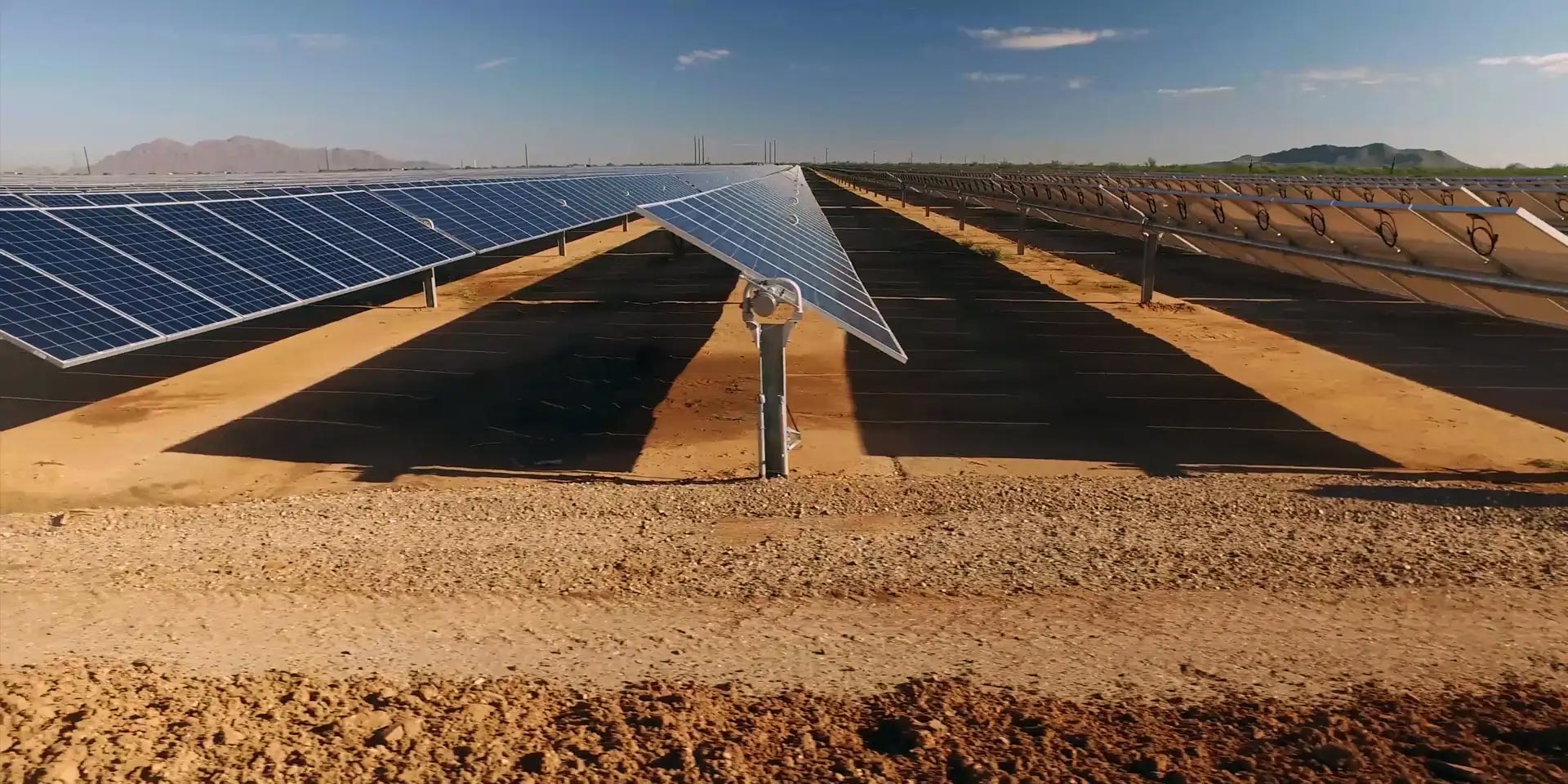Reports and Analysis
REPORT | LNP nuclear policy will cost the Australian economy at least $4.3 trillion by 2050
To date, both the Coalition’s and the Government’s estimates of the price tag of building a nuclear industry in Australia restrict their analyses largely to costs incurred in the energy system itself. However, a redirection from a Step Change to a Nuclear Progressive Change energy scenario would, by necessity, impose many further flow-on costs to the Australian economy that are unaccounted for by the Frontier Economics modelling. Read more
Renew Australia for All REPORT | Nuclear energy risks an industrial meltdown for local manufacturing jobs
The Federal Opposition’s proposal for nuclear energy would result in widespread manufacturing and industry job losses if enacted, including the almost certain closure of Australia’s mainland aluminium smelters by 2030. Energy modelling conducted by the Federal Opposition to inform their nuclear policy shows that under the proposal, industrial electricity use would collapse from the current level of 45.4 TWh per year down to 22.8 TWh by as early as 2035 – a 50% drop Read more
MONTHLY CHINA ENERGY UPDATE | April 2025
– Renewables accounted for 89% of new capacity added in the first quarter of 2025 – Solar and wind power generation up 27% year-on-year in Q12025 – Grid investment spending hit US$13 billion, up 25% year-on-year – China’s coal imports drop amid trade uncertainties – 7+ countries strengthen renewable energy cooperation with China Read more
OP ED | If Australia is serious about becoming a renewable energy superpower, China must be part of the answer
Published on the Lowy Interpreter Opinion piece by Caroline Wang, China Analyst, CEF Read more
OP ED ON REPORT | Australia should hitch its solar wagon to the China juggernaut
Climate Energy Finance’s new report, International Solar PV and BESS Manufacturing Trends, has delved into developments across China, the European Union, the United States, India, Australia, and the Middle East through early 2025. CEF observes continued price deflation in solar PV and batteries – prices dropped 20% for batteries, and Chinese panels plummeted by 37 to 46% in 2024. This cost reduction has turbocharged deployment rates, with almost 600GW of solar PV installed in 2024. Assuming continued growth in China deployments, 700GW this year seems likely, and CEF projects this will rise to 1,000GW per annum by 2030. BESS installation rates are expected to treble in this timeframe. With solar modules and battery manufacturing capacity at three times the current global installations, expectations of plateauing installations are entirely unlikely. Read more
OP ED | BYD leads unstoppable charge to electric vehicles, as Tesla leaves the race
In 2024, China registered 31.436 million new automobiles, a rise of 4.5 per cent over the previous year, with the […] Read more
MONTHLY CHINA ENERGY UPDATE | March 2025
Combined solar and wind power capacity in China surpasses coal capacity for the first time in February 2025 Read more

